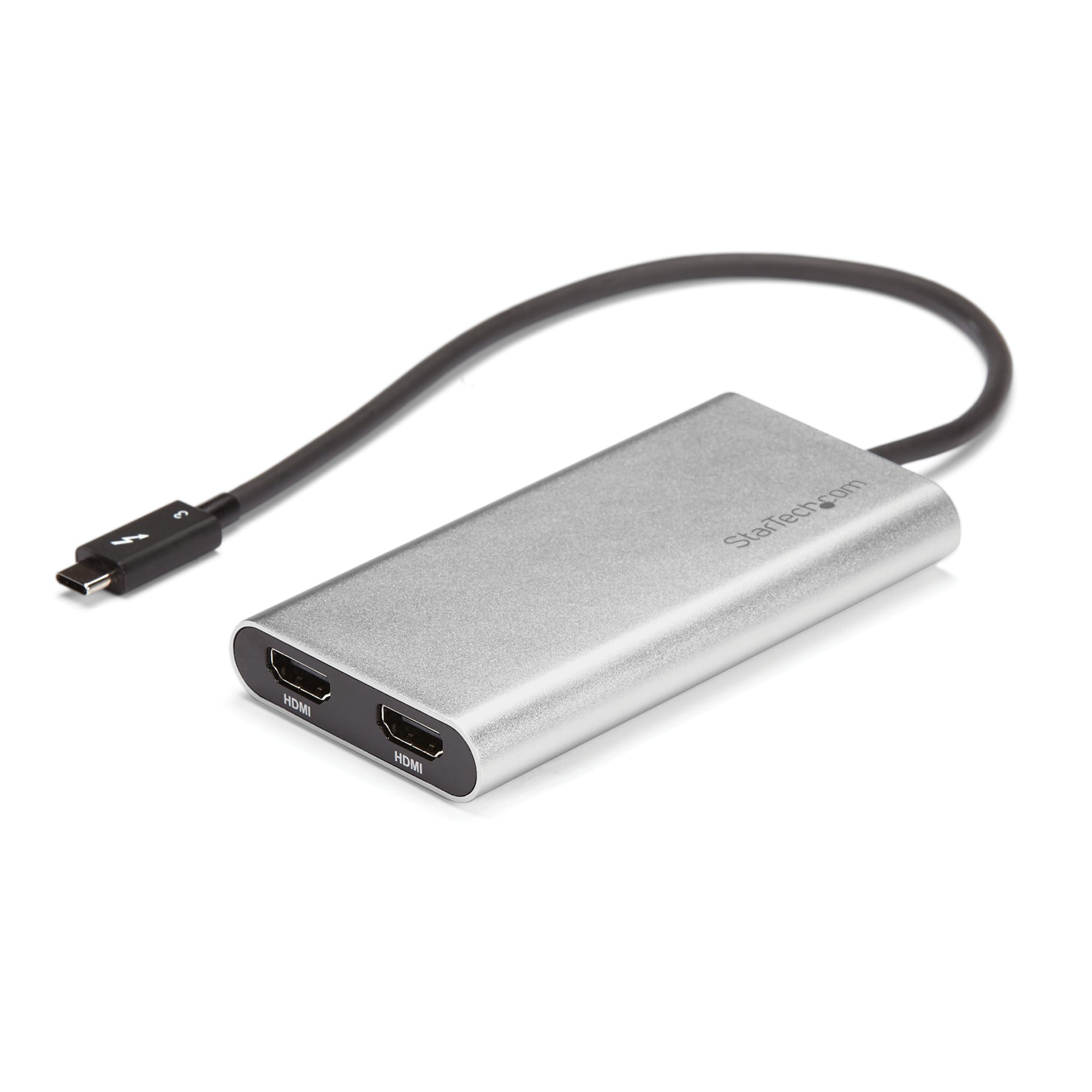
Cable Matters 201086 adapter ($19) – 8K60 or 4K60 with HDR.Good (has additional insertion loss at plug->port)Įxcellent (0.5m 1m, 2m, 3m, 6m, 10m, etc.) Should you get a cable or an adapter? Attribute Even if you already have a spare HDMI cable and think you’ll save time/money by getting an HDMI adapter, consider getting DisplayPort if you can. The conversion from USB-C to DisplayPort is far simpler and typically less buggy than HDMI. Important note: Does your monitor support DisplayPort or USB-C directly? If so, you should opt for a DisplayPort or direct USB-C rather than HDMI. Laptops with less capable USB-C ports will work great with these adapters too as they tend to be far more reliable over the long-term than $10 off-brand models. If you have a highly capable monitor or TV and you want to connect it to a newer laptop with USB-C, you probably want one of these adapters. Below is a collection of the most capable USB-C adapters available. Like older generation DisplayPort->HDMI adapters, certain adapters have more functionality than others and it is difficult to discern exactly what is supported.

All of this is well supported with USB-C cabling and suitable monitors that have USB-C receptacles.īut what about older monitors and Home Theater sets that only have HDMI or DisplayPort receptacles?Įnter a new range of adapters. They are also capable of driving high dynamic range (HDR) displays and 120Hz+ refresh rates for certain screen resolutions.



Some of these USB-C ports are capable of driving 2x 4K60 monitors simultaneously via DisplayPort 1.4 alt mode. Laptops released since Q4 2019 support expanded Display bandwidth through USB-C compared to prior models. USB-C Cables (8K-ready, DP8K, HBR3, UHD 4K HDR, etc.).


 0 kommentar(er)
0 kommentar(er)
